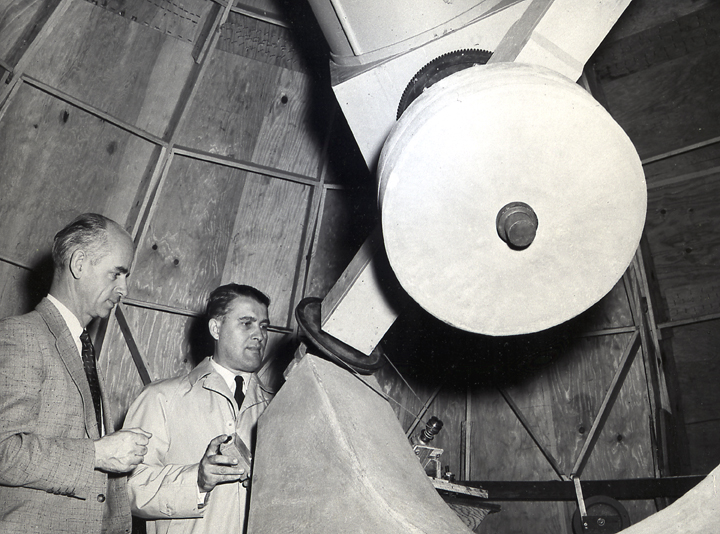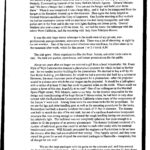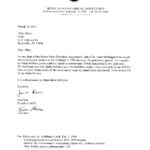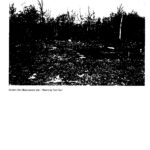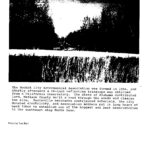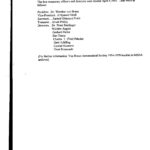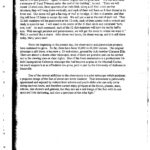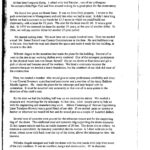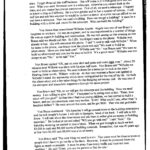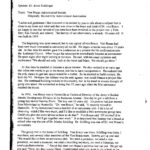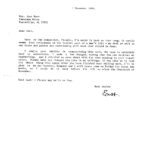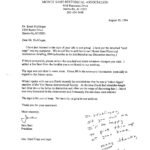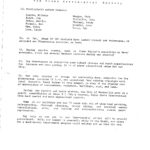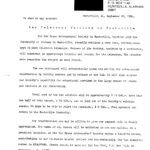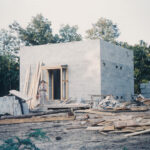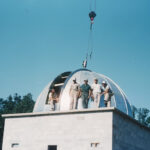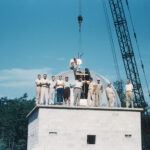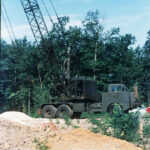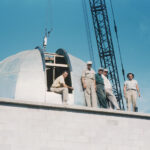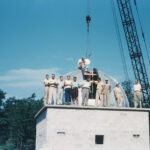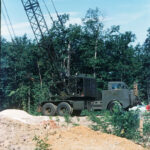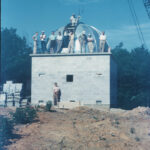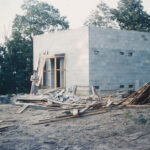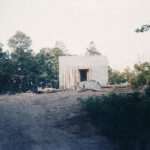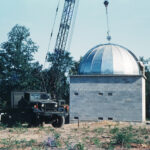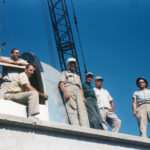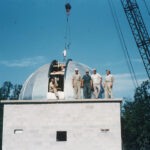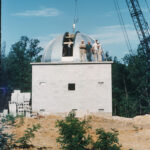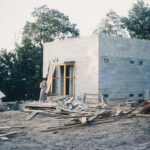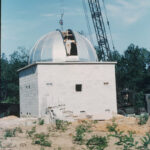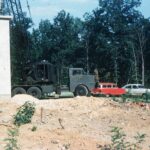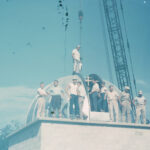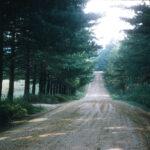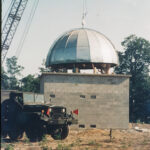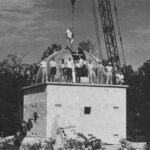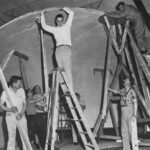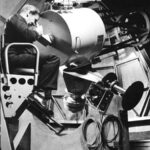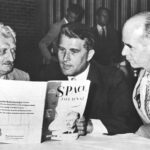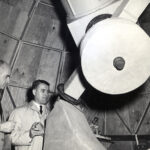VBAS was originally founded in 1954 as the Rocket City Astronomical Association, thanks to the efforts of a group of high school students interested in Astronomy lead by Sam Pruitt, along with the help and influence of Wernher von Braun.
Timeline
1927
Before the RCAA or VBAS was even a thought, Wernher von Braun had experience with bringing the stars to Earth. As a student at the Lietz boys high school, von Braun influenced the school to build a small observatory and buy a reflector telescope with a 95-mm objective lens.
Fall 1954
16-year-old Sammy Pruitt had an idea to create an astronomy club at his high school. When he could not recruit enough classmates, the committed students turned to Redstone Arsenal scientists Dr. Wernher von Braun and Dr. Ernst Stuhlinger for help.
1954-1955
These community members met together in the home of Dr. Martin Schilling, another Redstone Arsenal rocketeer. The group decided to form an association and buy a large telescope. Dr. von Braun went shopping for a telescope while Wilhelm Angele started making plans to design the observatory.
November 16, 1954 – The First Meeting
The first meeting was held to organize the society at the home of Sammy Pruitt, 408 East Fifth Street.
April 4, 1955 – The First Election
The first temporary officers and directors were elected to further progress and start forming an official astronomical association.
- President: Dr. Wernher von Braun
- Vice-President: B. Spencer Isbell
- Secretary: Samuel F. Pruitt
- Treasurer: Erwin W. Priddy
- Directors:
- Dr. Ernst Stuhlinger
- Charles T. Paludan
- Gerd Schilling
- Conrad D. Swanson
- Dean Breasseale
Best Plans and Community Donations
Paludan and Stuhlinger worked together to locate and obtain a 13.5 acre tract of land in Monte Sano State Park. State officials agreed to let the society rent the land for $1 on a 25 year renewable lease. Once the land was theirs, members started preparing for construction of the observatory. Some of the most active members were Von Braun, Stuhlinger, Priddy, Swanson, Isbell, Heller, Mechtly, and Ferrell.
Winter 1955 – Rocket City Astronomical Association
The members worked together to construct and adopt a constitution and bylaws to officially incorporate the RCAA.
December 1955 – Official Officers
With an incorporated association, the RCAA elected its charter officers and directors.
- President: Dr. Wernher von Braun
- Vice-President: B. Spencer Isbell
- Secretary: Bradspies
- Corresponding Secretary: Ferrell
- Treasurer: Erwin W. Priddy
- Directors:
- Dr. Ernst Stuhlinger
- Wilhelm Angele
- Gerhard Heller
- Conrad D. Swanson
April 1956 – Construction Begins
While the observatory construction began, one of the biggest challenges that Angele and Heller had to overcome was the fabrication of the dome for the observatory. These men had to engineer the heavy hemisphere, slit mechanism, mechanical drives, and supporting structures. After they succeeded, they were able to go on to design one of the observatories still used today. It can be further explored on our Observatories page.
Work crews gathered as often as possible, every Wednesday night and most weekends, to construct the observatory. Dr. von Braun was the chief organizer, with Quincy Love supervising the early construction work with help from mechtly, Priddy, von Braun, Stuhlinger, Ferrell, Heller, Isbell, and many junior members.
The First Telescope
While Angele and Heller were hard at work designing the dome, Dr. von Braun found a telescope from a sympathetic seller in California. He was able to purchase a 16.5” Cassegrain reflecting telescope for $600, when the mirror alone is said to be worth $2,000.
September 6, 1956 – Viewing Mars
The construction had come far enough along in only 5 months that members were delightedly able to observe the direct opposition of Mars, a time when the planet was closer to Earth than it had been in 17 years and would be for another 15 years.
June 26, 1957 – A Local Publication
The RCAA published the first edition of the locally edited Space Journal, which is a magazine dealing with space travel and the astro sciences. The first issue was dedicated to the “father of astronautics,” Dr. Hermann Oberth and can be found on our Library page.
1958 – Sounds of the Past
Thanks to Michael Ferdie, son of Ronald Ferdie one of the early members of the RCAA, we have been gifted with the original audio records from the dedication of the Observatory. You can hear the voices of the founding members and Dr. Wernher von Braun in these historical records from October 1958 that Michael has restored for us from Los Angeles (CA). We thank Michael and his family for these priceless memories.
For access to high-quality WAV files, visit the VBAS FTP server and go to the Historical Records / Audio Records section to download the files in MP3 or WAV format. You can also have a glimpse at the hard work that Michael had to do in order to restore the recording. Thank you Michael!
1960 – A Larger Scope
The Board of Directors accepted Clarence Ellis’s proposal to build a 21” telescope for the Swanson observatory, in order to upgrade the 16.5” facility. Angele quickly responded to this proposal by designing and building a machine for Ellis to grind, polish, and finish the mirror.
May 25, 1963 – A Generous Donation
On behalf of Wyle Laboratories, Mr. Frank Wyle donated a GOTO Model S-2 projector to the RCAA. This allowed Dr. William Mrazek to continue obtaining equipment for the planetarium.
The Planetarium:
- Building
- 40×40 foot Bulter Shell with 33-foot diameter dome*
- Projector
- GOTO Model S-2, 32 star projectors
- Tools
- Condenser System, Star Plates, Wide-angle Projection Lenses, Arrow Pointer
- Projection Capabilities
- 2,500 stars to the 5th magnitude, Two groups for Northern and Southern Hemispheres
*During the construction of the planetarium, the biggest task was to assemble the 33-foot diameter dome and hoist it 7 feet. The members of VBAS hoisted the dome by turning 16 nuts on 16 threaded rods bolted to the planetarium’s support beams.
1965 – Finished and Configured
Ellis was finally able to use Angele’s machine to finish his 21” Pyrex mirror. Richard Hoover tested the mirror to certify that the entire surface was within 1/20 wavelength of visible light of the desired curve. The telescope’s secondary mirror was ground and figured into a hyperbolic shape by Dan Roberts.
1972 – Minimizing Variation
The observatory dome was insulated to reduce the temperature variation from day to night.
1974 – Changing Names
The Board of Directors voted unanimously to rename the Rocket City Astronomical Association to the Von Braun Astronomical Society in order to honor the first president for his local contributions to astronomy.
Further Enhancements
With the installation of an air conditioner, the image quality coming from the 21″ telescope improved greatly.
1978 – Showing the Stars
Under the direction of Doreen Forsythe, VBAS began educating and inspiring young astronomers through many different planetarium shows. Thanks to the direction of Ms. Forsythe, the planetarium shows have grown into a program that contains augmented special effects and the efforts of many junior members.
1979 – …the oldest and purest of all sciences…
For the society’s 25th anniversary, Dr. Ernst Stuhlinger wrote a commentary discussing the science of astronomy, its beauty reflected in both the eyes of professional astronomers as well as amateurs, and the evolution of the society itself. The full version can be read here.

